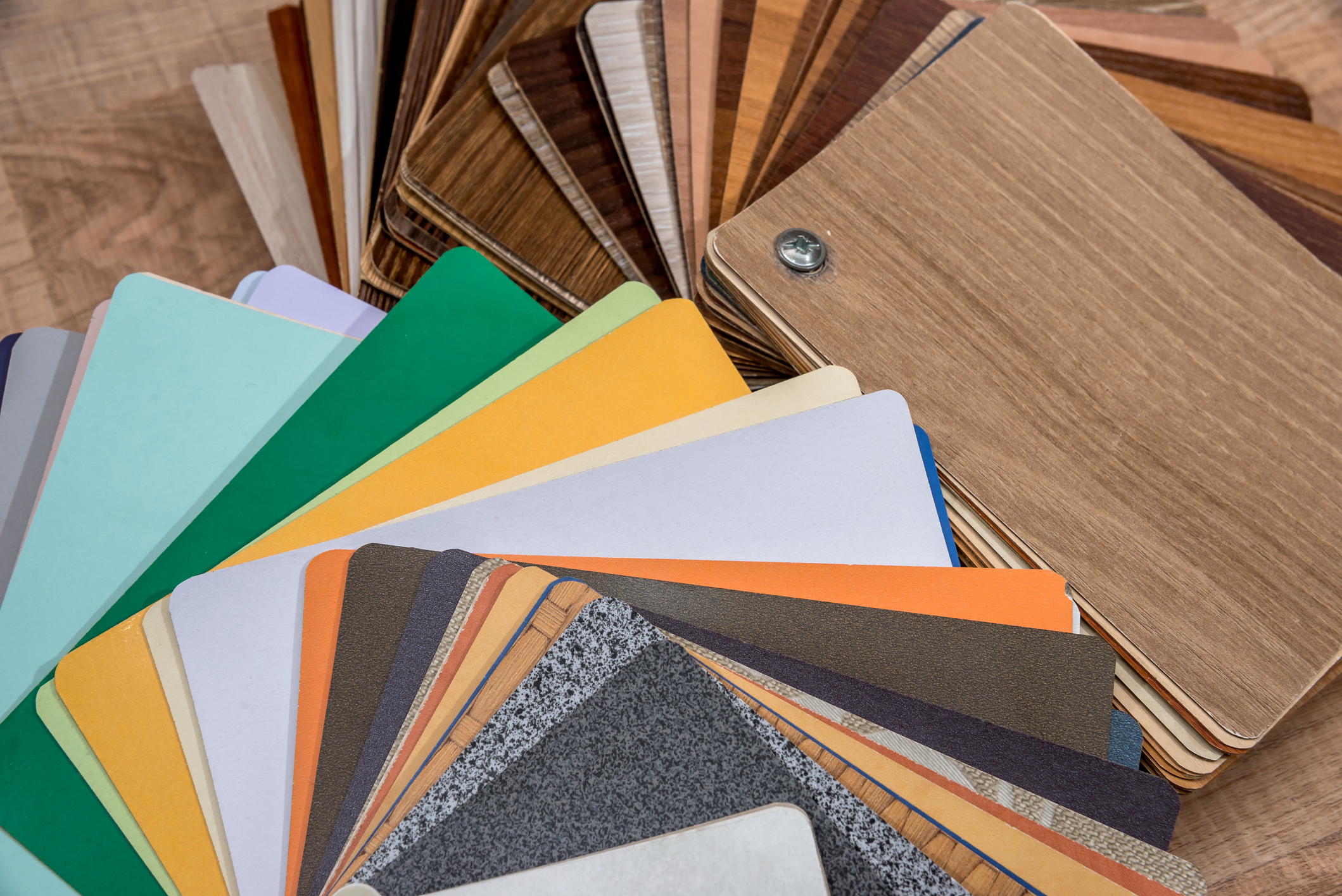We may receive a commission when you use our affiliate links. However, this does not impact our recommendations.

Mr. Robinson saw the signs in 1967, and I lived it in the 70’s building restaurant fixtures and lots of furniture out of plastic laminates. Laminates were everywhere. Durable, colorful, pliable, inexpensive – genius! Laminate work covered my pocket money for “beverages”, cars and dates through high school, and helped foot the bill for a bunch of college (and beverages, cars and dates). Formica and Wilson Art were the big two with hundreds of designs ranging from every color of the rainbow to stone, marble and granite patterns, and of course the phenomenal selection of “wood” patterns. Some of them actually did look like wood. Well, sort of… Anyway, I owe a lot to laminates, though I can’t say it was ever a love affair.
There are lots of memories of the aromatic and very sticky adhesives used to apply the laminate, the knife-like edges of broken laminate and the whine of trim routers shaping and sizing all those lovely colors and patterns. It was work, but it was interesting.
Laminates aren’t in quite the demand these days, though if you’re not using granite or some synthetic alternative (probably plastic!), your kitchen counters are likely laminate. It’s still a functional, useful product – even in a non-production woodworking shop – so we thought it useful to share a few tips on working with laminates that you can use in your shop. Enjoy!
Here are some supplies and tools we find essential in our everyday work around the shop. We may receive a commission from sales referred by our links; however, we have carefully selected these products for their usefulness and quality.








